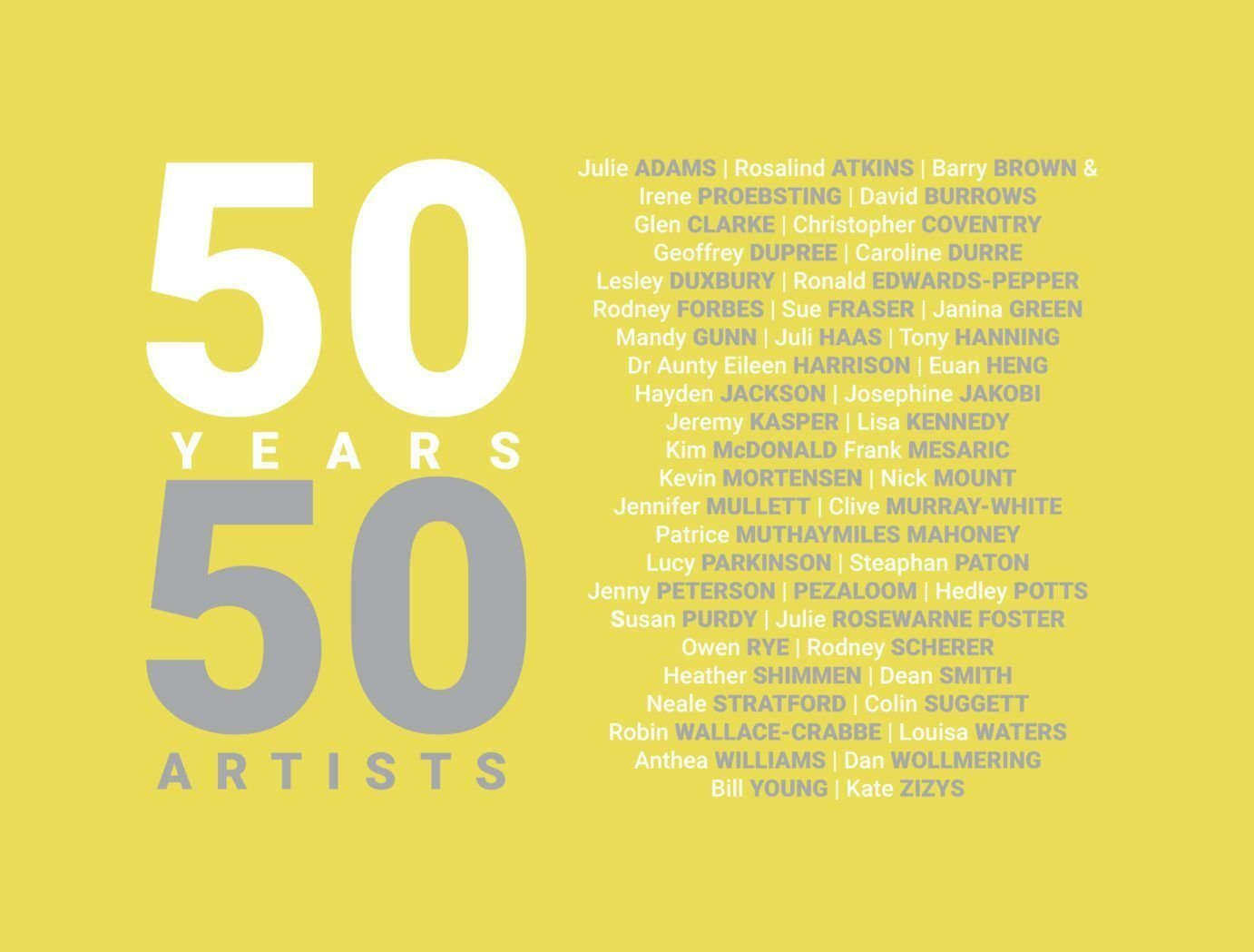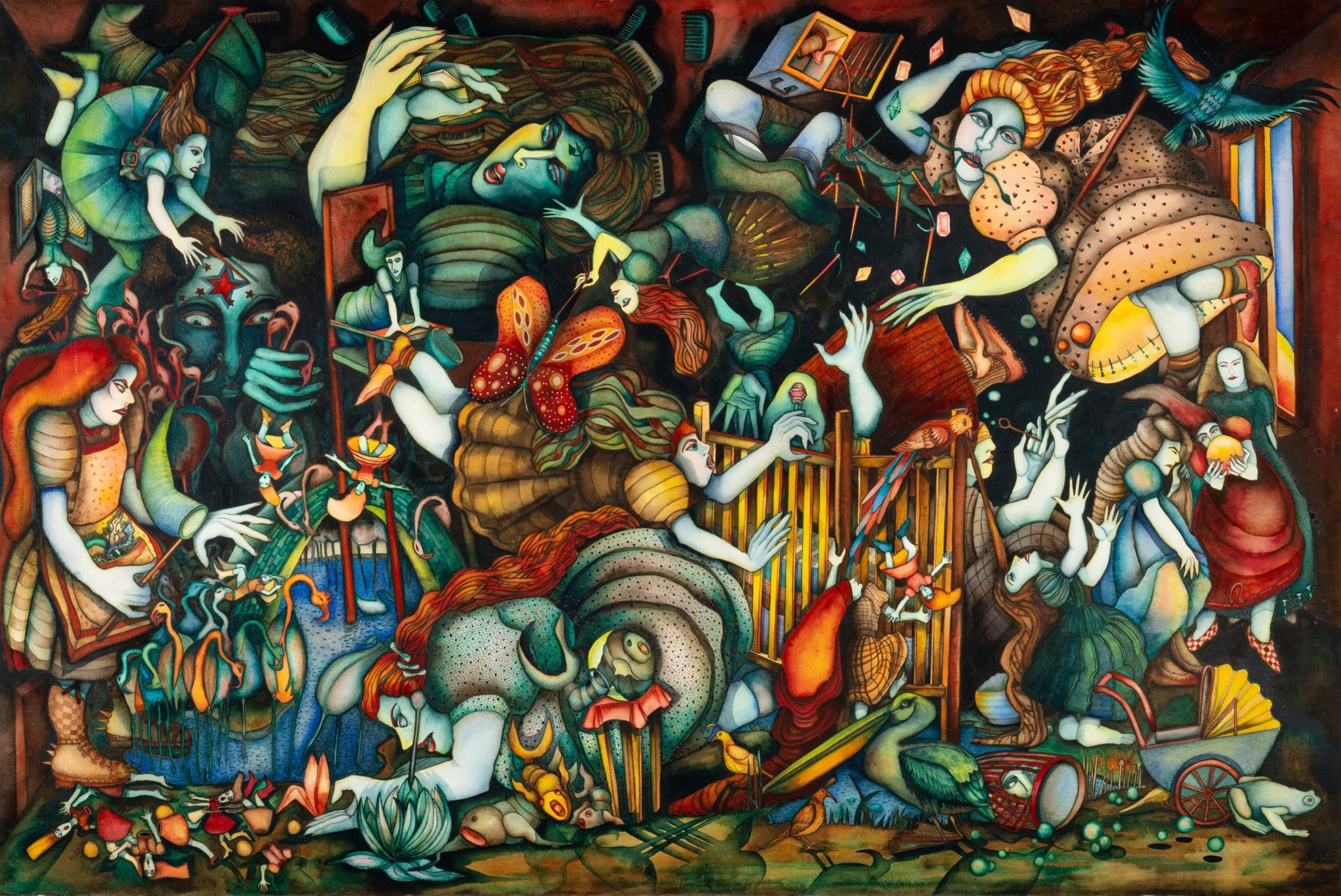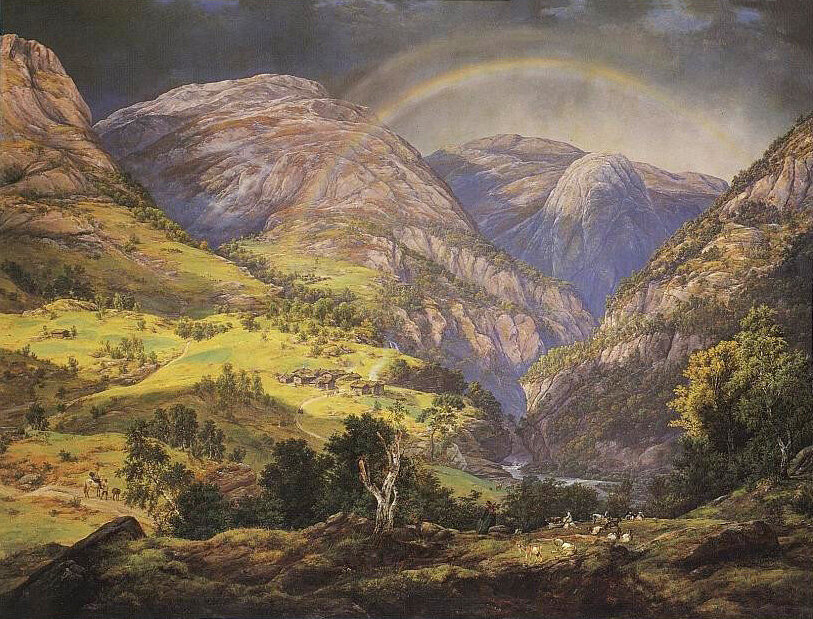The expression “don’t judge a book by its cover” always comes to mind when I think of Gilbert and George. Described as looking like repressed 1930’s bank managers, they have been confounding the art world for over 50 years.
Matthew Collings describes them as the Morecombe and Wise of existentialism, and admires the shock value of much of their output. But he argues that there is a precedent, the work of Francisco Goya - the “father of shocks”. Like so many artists who have explored the theme of shock in their art, Gilbert and George argue that what appears on the TV news deeply shocking every day.
George Passmore (left) and Gilbert Proesch
They describe themselves as living sculptures and annoyance and provocation lie at the centre of their work. One only has to look at their dancing song “Bend It” featured in their 1981 movie “The World of Gilbert and George” to see they achieved that aim.
Being ineligible for government grants and teaching posts being out of the question, they were isolated and poor and decided to turn to their only resource – themselves. They fused their art with their identity and the world around them.
Gilbert & George singing “Underneath the Arches” (DailyArt Magazine)
They decided they were going to be ’two people, one artist’. They claimed that when they left art school they were completely lost and needed each other, no doubt at least partly due to their total eccentricity. The major advantage of the partnership, they argue, is that there is always someone there to answer a question. So they never have to work in a vacuum – the bane of many artists. They speak of the loneliness of many artists – especially when their work is rejected, but they always had each other to provide comfort. They developed the concept that ‘nothing matters’.
This may explain why their naked bodies appeared more and more in their art, including the fluids that comes out of them, during the 1990’s. Among their targets was the bible which they wanted to ridicule, texts of which appear alongside images of their naked bodies. For 2000 years, they argue, the bible has dictated how people should behave, including images of nudity being suppressed. They sought to confound the viewer by presenting images of shit in a decorative, colourful way.
Blood, Tears, Spunk, Piss series 1996 (Research Gate)
They have lived and worked at 12 Fournier St Spitalfields in London’s east end since the late 1960’s. It’s now a fashionable location. But in the late 60’s the area was populated by the homeless, poor families and ‘cockney market traders’. There were hostels nearby catering for tramps, returned servicemen damaged by their war experiences and petty criminals, all of which provided inspiration for their art. They first met as students at St Martins School of Art in 1967 and immediately fell in love. Two years later they appeared as “living sculptures”, painting their faces silver so they resembled robots and singing that appalling 1930’s music hall song Underneath the Arches.
Gilbert and George are inspired by their experiences of living in London. 12 Fournier St has become a shrine for their art and their reference material is carefully and meticulously referenced and catalogued so they can easily access it for future projects. Thousands of photographic images have been reduced to contact sheets which form the basis of their reference material. Almost all their images are taken either in their studio or within walking distance of it. “We never felt the need to travel to exotic locations in order to be inspired”, says George. They love the cosmopolitan nature of the East End where everyone seemed to get along quite well.
From their Dirty Words Pictures 1977 (Schirn Press)
Their “Dirty Words” pictures of the late 1970’s were based on images taken from the immediate neighbourhood and included images of the locals photographed from the windows at 12 Fournier St. They wanted to show images of what “the city feels like or smells like”. London was experiencing a massive garbage strike at the time and the city looked like a waste dump. The middle class press gave their work a caning. They were even asked “why do you have black people in your work?” But while the media complained, the public flocked to see their work.
In 2007, they were the first British artists to hold a major retrospective at Tate Modern which featured 200 of their works – thought to be one fifth of their 40 year output at that stage. They curated the exhibition by producing an enormous scale model of the gallery space and placing miniature images of each work just so.
This exhibition was quite a coup given the suspicion with which the British art establishment had viewed them.
New Normal Pictures, White Cube Gallery (Art Limited)
Some of their work seeks to explore the intersection between masculinity, shame, anality and art. They draw the viewer into their work by being decorative and large scale so that by the time they realize what they are looking at, it’s too late.
In April 2021, they held the exhibition “New Normal Pictures” at White Cube. In reviewing the show, The Guardian made reference to the paradox that is Gilbert and George. They were angered by the way some people saw the bright side of the Covid 19 pandemic; saying how great it is to be able to drive across London without the traffic and being able to see the stars at night without the pollution. Meanwhile tens of thousands of people were dying in misery and funerals were taking place several times a day near their home. “They are masters of provocation and proudly right wing, but they also have a compassion that would put plenty of seemingly virtuous artists to shame.”
On The Streets - Bag Men, Photograph, 2020 (White Cube)
What keeps Gilbert and George going is the sense that they are always under attack, so they need to fight back. They have always been outsiders, despite the 2007 retrospective. “We were never normal”.
References;
The Guardian
This Is Modern Art – BBC Channel 4, 1999
BBC Imagine










































